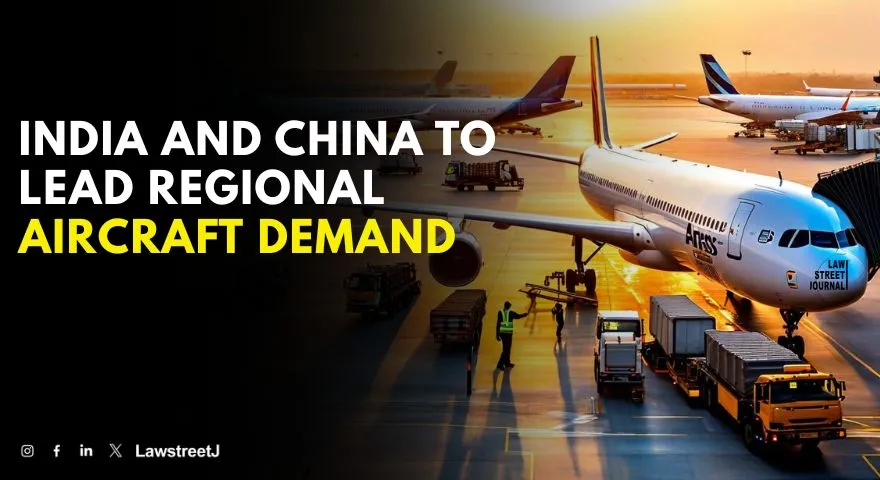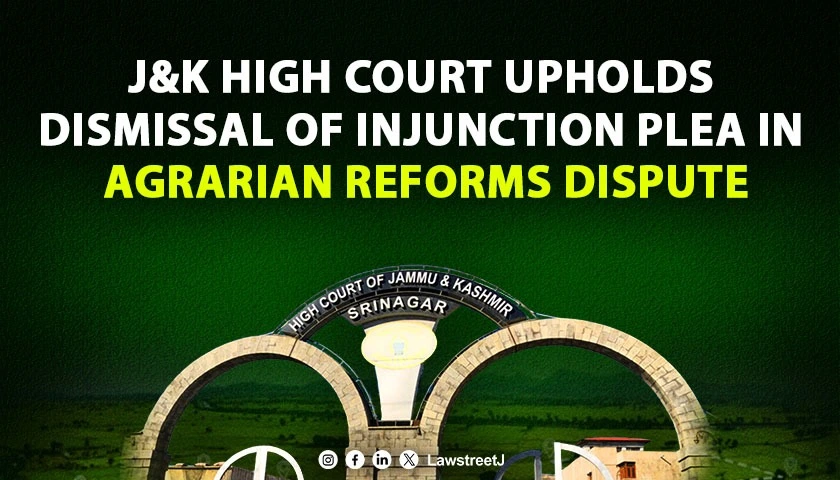New Delhi: Airbus identified India and China as the key drivers of the region’s projected aircraft requirements, together accounting for more than half of the total demand. Both countries are undergoing rapid aviation sector development supported by government policy, infrastructure expansion, and rising domestic traffic.
In India, the aviation sector continues to record strong growth. Domestic airlines have placed large-scale orders in recent years as part of long-term fleet renewal and expansion strategies. Initiatives such as the UDAN (Ude Desh ka Aam Naagrik) regional connectivity scheme have enabled the opening of new routes and expanded access to Tier-2 and Tier-3 cities. Regulatory reforms under frameworks such as the National Civil Aviation Policy (NCAP) and the Aircraft (Amendment) Act, 2020, have also contributed to operational efficiency, streamlined clearances, and strengthened safety oversight.
China’s aviation network remains one of the world’s largest, supported by extensive investment in airport construction and modernization. The country has more than 200 commercial airports in operation and continues to expand this infrastructure base. Policies issued by the Civil Aviation Administration of China (CAAC) promote the growth of domestic carriers and encourage the adoption of newer, lower-emission aircraft technologies. China has also been advancing sustainable aviation initiatives, including alternative fuels and enhanced air-traffic management systems.
Both India and China are simultaneously expanding capacities in aviation training, maintenance, repair and overhaul (MRO) facilities, and digital airspace management to support the expected rise in aircraft deployment.
Increasing Regulatory Responsibilities
The anticipated expansion in the Asia-Pacific aviation sector brings substantial regulatory responsibilities for governments, carriers, and manufacturers. Compliance with international safety and operational standards remains central to fleet growth, particularly under frameworks established by the International Civil Aviation Organization (ICAO). The projected rise in aircraft numbers will require adherence to bilateral air-service agreements, strict airworthiness certification processes, and evolving environmental requirements. The global Carbon Offsetting and Reduction Scheme for International Aviation (CORSIA) continues to shape emission-management obligations for airlines operating on international routes.
In India, aviation governance is anchored in the Aircraft Rules, 1937, along with subsequent amendments. The Directorate General of Civil Aviation (DGCA) has strengthened monitoring mechanisms through mandatory inspections, enhanced pilot-licensing systems, and expanded safety audits. These measures aim to accommodate the sector’s rapid growth while maintaining oversight of operational and technical standards.
China’s aviation ecosystem is regulated by the Civil Aviation Law of the People’s Republic of China, which outlines protocols for safety, security, environmental compliance, and operational licensing. The CAAC has aligned several of its standards with ICAO norms to support international interoperability and collaboration.
Airbus stated that its future deliveries will prioritize fuel-efficient designs, reduced noise levels, and technologies that support carbon-neutral operations. The company continues to work with regional carriers to introduce advanced models such as the A320neo and A350, which meet updated regulatory and environmental specifications.
Conclusion
With Airbus forecasting the delivery of 19,560 new aircraft to the Asia-Pacific region over the next two decades, the sector is poised for significant transformation. India and China remain central to this growth pattern, supported by strong passenger demand, infrastructure expansion, and active policy initiatives. The increasing scale of regional aviation activity will require coordinated regulatory measures, investment in operational capacity, and alignment with global sustainability standards.









